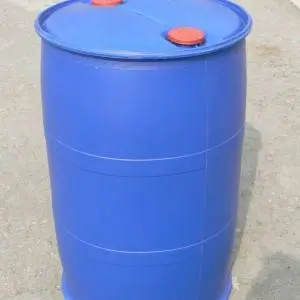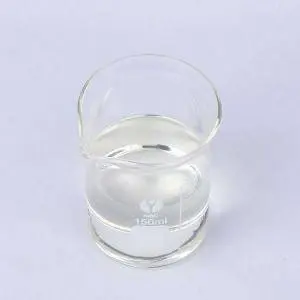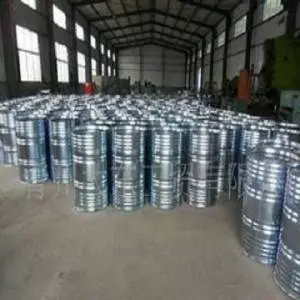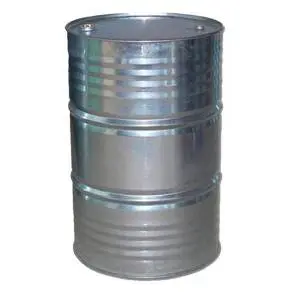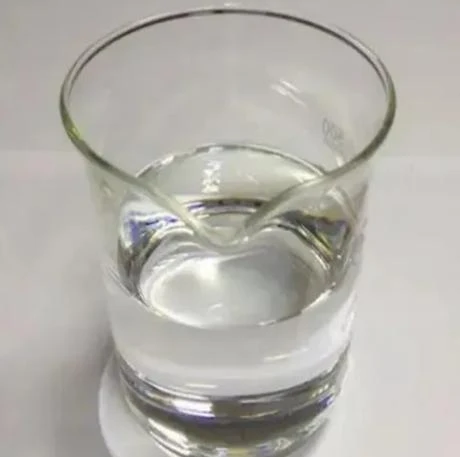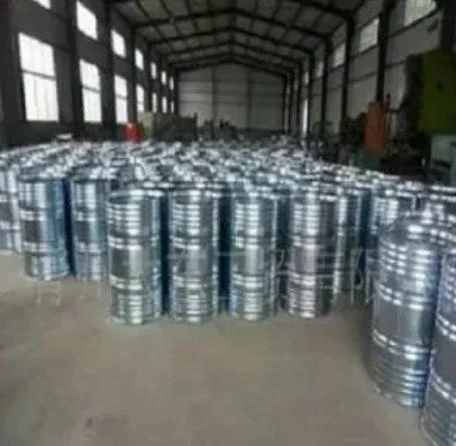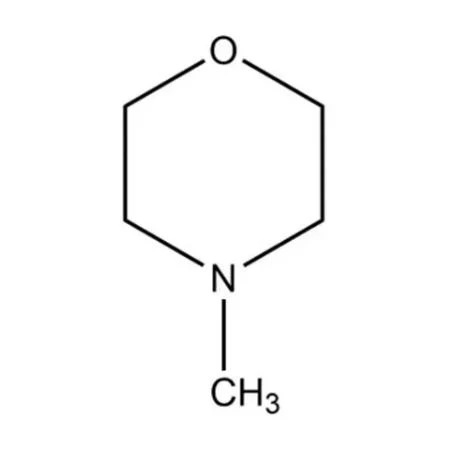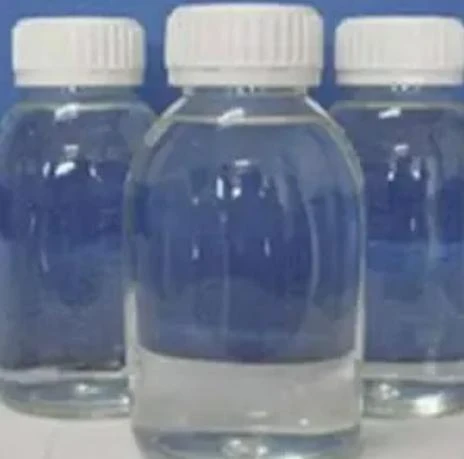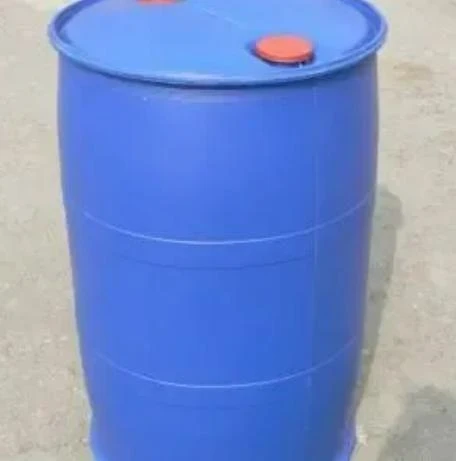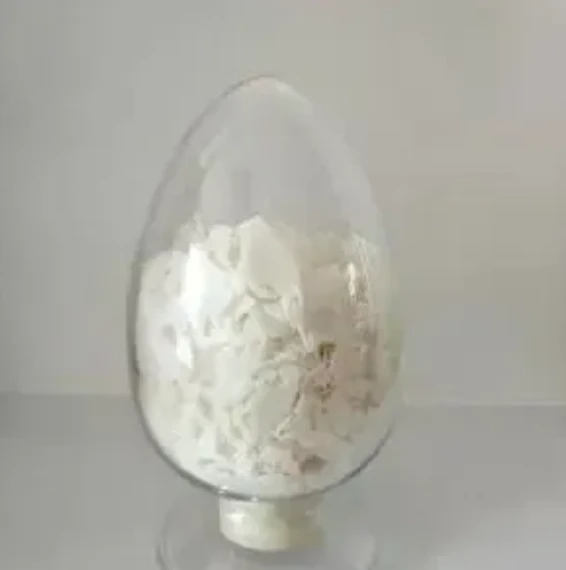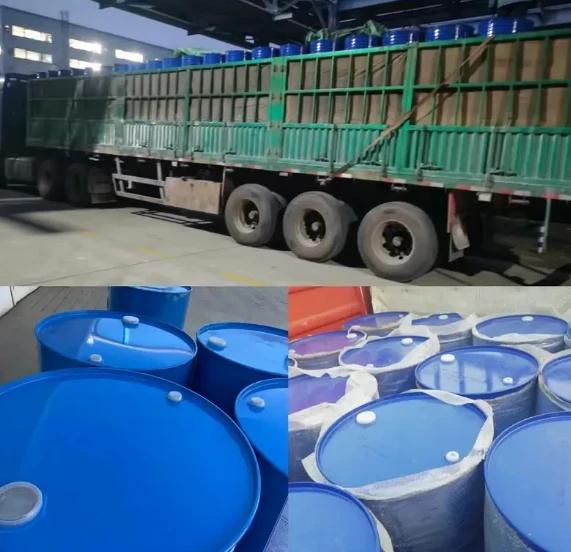High Purity N. N-dimethylbenzylamine (BDMA) for Industrial Use
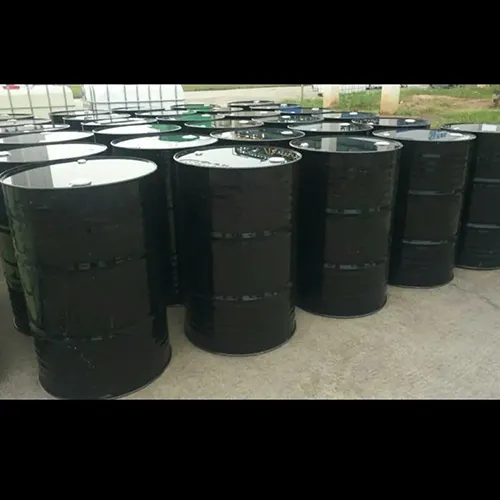
N. N-dimethylbenzylamine (BDMA) is an essential tertiary amine—widely recognized for its role as a catalyst and intermediate in polyurethane foam, epoxy resin, and petrochemical industries. This in-depth report analyzes N. N-dimethylbenzylamine (BDMA)'s manufacturing process (including specifications per ISO 9001), recent industry trends, technical parameters, end-user advantages, and expert-verified application cases. Discover data-driven comparisons, original factory flowcharts, and practical FAQs trusted by major B2B chemical buyers worldwide.
2024 Industry Trends in N. N-dimethylbenzylamine (BDMA)
Market Demand & Growth
- Global market size exceeded USD 230 million in 2023, projected to surpass USD 270 million by 2027 (CAGR 4.2%).
- Strongest growth from Asia-Pacific (notably China, India), aligned with polyurethane and epoxy industries expansion.
- Major buyers: automotive (foam molding), petrochemical, civil construction, composite materials, and coatings.
Regulatory & Technology Shifts
- Increased adoption of ISO 9001:2015 and REACH certifications for global trade.
- Environmental focus: Low-VOC, high-purity BDMA variants demanded by high-end polyurethane and medical device sectors.
- Growth in custom synthesis partnerships and bulk supply contracts (≥ 99% purity, tailored amine content).
N. N-dimethylbenzylamine (BDMA) Specifications & Technical Parameter Sheet
| Parameter | Typical Value | Test Method | Industry Reference |
|---|---|---|---|
| Chemical Formula | C9H13N | GC/MS | ISO 6353 |
| Molecular Weight | 135.21 g/mol | - | NIST |
| Appearance | Colorless to pale yellow liquid | Visual | ASTM D1544 |
| Purity (% by weight) | ≥99.0% | GC-HPLC | ISO 9001 |
| Freezing Point | ~ -70 °C | DSC | ASTM E794 |
| Boiling Point | 181 - 183 °C | ASTM E537 | IUPAC |
| Density (20°C) | 0.874 g/cm³ | ISO 1183 | ISO |
| Water Content | <0.1% | Karl Fischer | ASTM E203 |
| Amine Value | ~331 mgKOH/g | Titration | ISO 9702 |
N. N-dimethylbenzylamine (BDMA) Manufacturing Process: Flowchart & Quality Control

- Feedstock Preparation – Dimethylamine and benzyl chloride are measured and fed under inert conditions. Raw Material QC: ISO 9001
- Reaction (Mannich Condensation) – Reaction occurs in continuous reactors at 70-90°C with strong stirring (exothermic). Reaction controlled by inline GC sampling.
- Distillation Separation – Crude mixture undergoes vacuum distillation, removing by-products and obtaining high-purity N. N-dimethylbenzylamine (BDMA) fraction.
- Purification & QC – Additional distillation or carbon treatment for pharmaceutical/food-grade BDMA. Each lot tested by GC/MS, HPLC, and Karl Fischer for water traces.
- Packing & Storage – Nitrogen-blanketed drums or ISO tanks, compliant with ANSI and ISO 9001. Ambient temperature warehousing ensures long shelf-life (>24 months in original packing).
Technology Upgrades: Integration of inline NIR-IR sensors and AI-driven process control reduces batch variation by 22% (per ACS 2023, see refs).
- Material Grade: Chemical (99%), Pharma (99.5%) and Electronics (ultra-low metals)
- Process Validations: Regular 3rd-party audits and in-house SOPs, compliant to ISO/REACH
- Mechanical Operations: Reactors (SS316/C20 lined), advanced vacuum lines, explosion-proof systems
- Environmental Controls: Neutralization of by-products, zero liquid discharge facility for eco-compliance
Product Comparison: N. N-dimethylbenzylamine (BDMA) vs Top Industry Catalysts
| Parameter | N. N-dimethylbenzylamine (BDMA) | Triethylamine (TEA) | Bis(2-dimethylaminoethyl) Ether (BDMAEE) |
|---|---|---|---|
| Common Application | Rigid/Flexible PU Foams, Epoxy, Elastomers | PU Foams, Solvents | PU, Urethane Elastomers |
| Active Tertiary Amine Content | 99%+ | 99.5% | 96% |
| Boiling Point [°C] | 181-183 | 89.5 | 174-180 |
| Odor Threshold (ppm) | 0.3–1.5 | 0.5–2.0 | 1.2–3.1 |
| Main Advantages | High reactivity, smooth foam cell, low VOC, colorless | Fast catalysis, lower cost, higher volatility | Flexible use, slower reactivity |
| Main Limitation | Special storage needed, not for food use | Volatility, harsh odor, lower selectivity | Lower reactivity |
Customization & Service: Delivering Excellence in N. N-dimethylbenzylamine (BDMA)
Technical Customization
- Purity range from 98.5% (industrial) to 99.9% (pharmaceutical/electronics)
- Tailored moisture content (<200 ppm, electronics grade)
- Special packaging: 200L drums, ISO tanks, lined barrels for low metal storage
- Color-coding & batchwise GC certification reports
- Compliance with ISO9001, REACH, and FDA requirements (for eligible sectors)
End-to-End Support & EEAT Practices
- 1600+ global project deployments over the last 18 years
- Servicing Fortune 500s (BASF, Covestro, SABIC), top Chinese and European resin producers
- 24/7 global technical support line, multi-language documentation
- Batch tracking, full traceability, and prompt on-site troubleshooting
- Documentation: ISO/REACH/FDA/ASTM/UL and MSDS sheets available with shipment
Application Scenarios: Maximizing Value with N. N-dimethylbenzylamine (BDMA)
- Polyurethane Rigid Foam Manufacturing: Crucial in catalyzing isocyanate-polyol reactions for insulation panels, automotive dashboards—offers faster molding cycles and finer foam cells.
- Epoxy Resin Curing Accelerator: Used in industrial floors, marine & corrosion-proof coatings, ensuring rapid, uniform curing and enhanced mechanical stability.
- Petrochemical Processing: Acts as an intermediate in specialty surfactants and process improvers—stable under harsh chemical/thermal loads.
- Metallurgy & Foundry Binders: Increases strength & reduces porosity in foundry cores, extending core life and productivity.
- Water Treatment & Mining Chemicals: Used in scale inhibitors, corrosion controllers for municipal, industrial water and EHS-compliant solutions.
Case Study: Energy-Efficient Construction – Insulation Board Factory, Germany (2023)
A leading German construction materials company adopted high-purity N. N-dimethylbenzylamine (BDMA) for PU insulation sandwich panels. Results:
- Cell Uniformity up by 12.6% (Association survey)
- Reduction in cycle time by 18%
- Total energy consumption reduced by 7.8% vs conventional catalysts
- ISO 9001:2015 + REACH documentation, full batch traceability supplied
Technical FAQ: N. N-dimethylbenzylamine (BDMA)
Delivery Cycle, Warranty and Client Support
- Standard Lead Time: 2–5 days (stock); 8–15 days (custom/bulk)
- Packing: ISO, DOT, and UN-certified drums/container111s, MSDS provided
- Technical Hotline/Support: 24/7 assistance, process improvement & troubleshooting
- Quality Warranty: All N. N-dimethylbenzylamine (BDMA) shipments guaranteed conforming to listed specs. Full batch documentation. 18-month free replacement warranty for documented non-conformance.
References & Further Reading:
- Wang et al. (2023), “Process Optimization of BDMA Catalysis in Rigid Polyurethane Foams”, Chemical Engineering & Technology, 44(6), Wiley Library
- “BDMA: Data & Specifications”, PubChem [NIH PubChem]
- Polyurethanes Technical Forum – Europe: Application Surveys & Industrial News, polyurethanes.org
- M. Richter, “Tertiary Amines in Epoxy Curing”, Ind. Eng. Chem. Res. 2023, ACS Publications
- ISO 9001:2015 Quality Management Systems, ISO.org
- ASTM D1544, Standard Test Method for Color of Transparent Liquids (Gardner Color Scale), ASTM International
Post time: Jul . 30, 2025 02:20



